Counter-Unmanned Aerial Systems as a (mostly) solved problem
Or how I learned to stop worrying and love the Proximity Fuze
Appetite for AI-drone-swarm risks has been…high to say the least.
Most recently, some pretty prominent figures have stoked the flames:
A fair percentage of technically-minded persons consider drone swarms, specifically “AI” drone swarms to be a leading concern for future military conflicts.
Unfortunately, general knowledge of Counter-Unmanned Aerial Systems and their capabilities appears to be lacking in comparison.
I’m not saying that these so called “Drone-doomers” are stupid; far from it, there are certainly valid concerns to be made. However, the fundamental misunderstanding of existing defensive technologies leads to an overestimated threat.
What if I told you that one of the best drone countermeasures was cheap, as secret as the Manhattan Project, and developed 80+ years ago?
Before that, let’s break down the problem.
Table of Contents:
“AI” vs “Traditional” Drones
C-UAS Electronic Warfare (soft-kill)
Directed-Energy
Kinetic Interceptors
The Glorious Proximity Fuze
“AI” vs “Traditional” Drones
This is Bob. Bob is a traditional drone operator, manually controlling the craft via FPV and a solid RF data link. He’s flying around, trying to see what Red is up to.
The problem (which is hopefully obvious to anyone with a vague familiarity with SIGINT) is that Bob is blasting a giant beacon of RF.
Essentially telling the world “LOOK AT ME I’M BROADCASTIIIIIN”
Triangulating the location of a radio transmitter isn’t just simple; it’s literally a hobby!
Radio fox hunting is an international, competitive sport specifically designed for this kind of activity. In other words, it’s pretty trivial for Red to find the location of Bob, and cause him to have a bad day.
(sidenote: in case you were wondering, encryption doesn’t help Bob at all here. Red doesn’t need to know what Bob is broadcasting, he just needs to know that Bob is broadcasting, period.)
There are a couple of ways around this, none of which are perfect.
Frequency-hopping spread spectrum (FHSS) allows the control link to hop across many frequencies, as long as the receiver (drone) is also programmed to expect said hops. Certainly makes it more annoying for Red, but with the right tech, he can still figure it out.
Bob could also try the old artillery tactic of “shoot-and-scoot”. Use the radio in shorter bursts, moving after each transmission (this only works if the drone is otherwise semi-autonomous / doesn’t need continuous control).
Highly-directional antennas could also help Bob’s chances of reducing triangulation. If he had perfect aim and the right conditions, heck, he might even be able to use an optical link.
An even smarter thing to do would be to use a relay. Red could still *eventually* figure it out, but they would have to now solve *multiple* triangulation problems to figure out Bob’s location.
As a last resort, there’s always the option of using a really, really long cable. Hard-wired links aren’t exactly a new idea, but have seen some recent use in the highly contested / EW jammed region of Ukraine.
Frankly, all of these techniques pale in comparison to autonomous drones. The best RF, is no RF at all.
Let’s say Bob smartened up, decided to pre-program a mission into the drone with waypoints. Or better yet, a local “AI” model on the drone that takes into account the overall mission, but can otherwise make autonomous decisions based on encountered conditions.
Take these autonomous drones, extrapolate them out into the thousands, apply a reasonably intelligent local AI model to make decisions and coordinate movements and well…
You get what the “Drone Doomers” worry about at night.
This is what is meant by the fear of “AI” drone swarms vs traditionally controlled assets. It completely changes the risk profile, albeit with the temptation to violate Asimov’s laws.
C-UAS Electronic Warfare
Now that we have a reasonable baseline, let’s focus on the countermeasures.
In the world of counter-unmanned aerial systems, RF Jamming & Spoofing operate as what’s known as a “Soft-Kill” technology. By interrupting the data link, or otherwise sending malicious commands, it’s possible to force the drone to land or lose control.
This is particularly an issue when the drone platform relies on something like GPS for positional navigation. GPS Jamming has been used to such a strong effect in the Russia/Ukraine conflict as to render the navigation system unreliable at best, and useless at worst.

Jamming/Spoofing EW becomes a moot point however, if there is no data link to jam (autonomous control). Better yet, determine position via optical terrain mapping (or some other non-GPS) system, and you’ve just eliminated an entire category of attack.
As far as I can tell from public sources, the (mostly) homebrew drone systems used in the RU/Ukraine conflict, although impressive, aren’t making strong use of autonomous systems. It’s still by and large, manually operated FPV craft.
The distinction to make here, is the current landscape is not representative of what a modern superpower would likely use in hypothetical future conflicts.
If you subscribe to the theory of “massive AI drone swarm wars”, the cat and mouse game of jamming vs jam-resistant communications become less of an issue.
It’s pretty hard to “jam” a black box with no inputs.
Directed Energy
Directed-Energy systems, especially when talked about in a C-UAS situation, certainly make headlines, but the practicality is questionable.
Theoretically less “messy” than an explosive or kinetic projectile, but still a “hard kill” considering it’s basically burning drone out of the sky with a laser.
On a large craft with excessive power generation (like a big Navy ship), directed energy systems are actually quite reasonable. As it turns out, a lot of the issues around atmospheric scattering, scintillation, etc can be solved by “ADD MORE WATTS”.
I’m not too worried about AI drone swarms against large, well defended targets like an entire ship. The problem gets a lot more interesting when we shrink down to the squad level.
A manpack directed energy system for anti-drone use sits firmly in the realm of science fiction. Lasers aren’t the only game in town, High-Power Microwave pulses is an alternative directed-energy system intended to burn out poorly-shielded circuits. That said, the power levels required for either technique are outside the realm of a backpack-sized system.
You need beam power in the couple kilowatt range, minimum. Remember also, that lasers are not perfectly efficient, far from it. State of the art diodes top out around ~30%, meaning you need at least *triple* the electrical input.
So now, you need a backpack that can handle electrical loads in the 15-20 kilowatt range, which is absolutely absurd for a human-sized system.
Let’s not forget about the heat output either. Remember the inefficiency of the laser diode we talked about earlier? Yeah, what do you think the other 70% of “waste” energy turns into.
Right.
Counter-Counter-Drone systems to weaker directed-energy systems are pretty trivial to boot. If Bob wraps his drone up in a few layers of aluminum foil, it might increase the survivability of the drone a fair amount.
For a large, ship or vehicle mounted directed energy system, thin reflective coatings are overwhelmed quickly. But an attempted miniaturization of the tech into a manpack, well, now Bob’s aluminum foil starts to become a significant problem.
Don’t get me wrong. Directed-energy drone countermeasures are…a pretty reasonable defense against theoretical swarms, as long as you have the room (and the money) for it.
I’m much more interested in countermeasures that also work at a squad level.
Frankly, that’s also where autonomous drone swarms pose the scariest threat.
Kinetic Interceptors
One of the funniest C-UAS methods is essentially the net-gun that they use in Spongebob to go alien-hunting.
The US Air Force is even experimenting with net-filled shotgun shells that spread out to a 5 foot wide net.
Ukraine has also (apparently) put explosive nets on their own drones to capture/disable Russian surveillance drones.
Of course, range and spread is the key issue here. If we are talking about a squad-level defense…I’d probably prefer just to have regular shotgun shells.
Net-guns aside, interceptor drones are becoming an interesting option.
With the right software, drones physically ramming other drones is a reasonably viable option. Easily manpack-able, interceptors are one of the most realistic squad-level C-UAS defenses. Except for one glaring issue.
Scale.
Even if otherwise “hardened” or reinforced, the kill ratio of an interceptor drone is going to be 1:1, maybe 1:2 / 1:3 under ideal conditions. The enemy can simply overwhelm you with numbers.
If my squad only has 2 interceptors, and a swarm of 10 AI drones is coming at me making jamming / EW attacks difficult; well you’re out of luck.
There’s also something to be said about the cost asymmetry. Cheap, off-the-shelf drones can be easily modified for malicious purposes; the same cannot be said about special-purpose interceptors.
Between the computer vision, autonomous navigation, and stronger motors to outmaneuver the target, an interceptor can easily cost 5-10x more than the platform it’s intended to defeat.
The “time window of effectiveness” for squad-level C-UAS protection using interceptors is rapidly decreasing. Number games are hard to win, and an individual squad can only carry so much on their backs.
Is there a single viable, semi-portable C-UAS system that scales?
For that, we have to go back in time.
The Glorious Proximity Fuze
At the start of the Blitz (the German bombing campaign against the British during WWII) it was estimated that 20,000-100,000 anti-aircraft shells were required to shoot down a single aircraft.
No, aircraft aren’t that strong. It’s just really, really hard to get a direct hit on a small moving target.
A slight improvement was made with the development of timed fuzes, but that still required a lot of finesse by the gunner. Too long of a delay, and you completely pass the target, too early and…well you get the picture.
British military researchers realized the potential advantage of a fuze that would trigger near the target instead of a direct hit, but they had issues miniaturizing the technology.
On the US side, the National Defense Research Committee was given the task of developing a proximity fuse for anti-aircraft shells. To put it in perspective, this is the same organization that developed radar and the atomic bomb.
John Hopkins Applied Physics Lab (APL) managed to shrink the radio electronics down into the tip of an anti-aircraft shell, while also being rugged enough to survive the 20,000Gs of force applied when fired. The tech was swiftly put into production, and was one of the most important Allied inventions of the war.
While no one invention won the war, the proximity fuze must be listed among the very small group of developments, such as radar, upon which victory very largely depended.
- Admiral Lewis Strauss, US Navy
US Navy records during the Pacific War indicate proximity fuze shells destroyed aircraft at around ~250 shells per plane. That’s a huge improvement over the 100,000 shells per downed aircraft that the British were doing just 1 year prior!
(apparently, Germany experimented with 30-50 different proximity fuze designs during WWII, but none were successful. the war could have looked a lot different if they had!)
Anyway, that’s enough of a history lesson. The point is, we’ve had 80+ years to improve this technology, and I think it’s one of the most realistic, squad-level,
“anti-evil-AI-drone-swarm” weapons platforms out there.
Why is no one talking about this?
40mm Grenade launchers are already fairly ubiquitous; it seems like it would just make sense to take miniaturized proximity fuze designs and shove them into an air-burst shell.
It’s fascinating to me that I’ve seen so little about this subject.
Theoretically, a proximity round should be lighter, cheaper, and less unwieldy than interceptor drones, while also maintaining a potential one-to-many kill ratio (if we assume a reasonably tight swarm).
Sure, having to aim is a bit of an issue. But if we imagine a bit of computer-aided aim-assist (Ala-hololens esque headsets), it certainly seems in the realm of possibility.
Perhaps I’m missing something fundamentally obvious here, but I don’t see the big risk of future AI drone swarm wars. Countermeasures are plentiful, and considering we are regularly able to shoot literal mortar rounds out of the sky with “legacy” weapons systems, drones actually seem like an *easier* enemy by comparison.
What are your thoughts?
Do drone swarms represent a future warfare threat to be taken extremely seriously? Or is it a misplaced fear already solved by existing technologies?






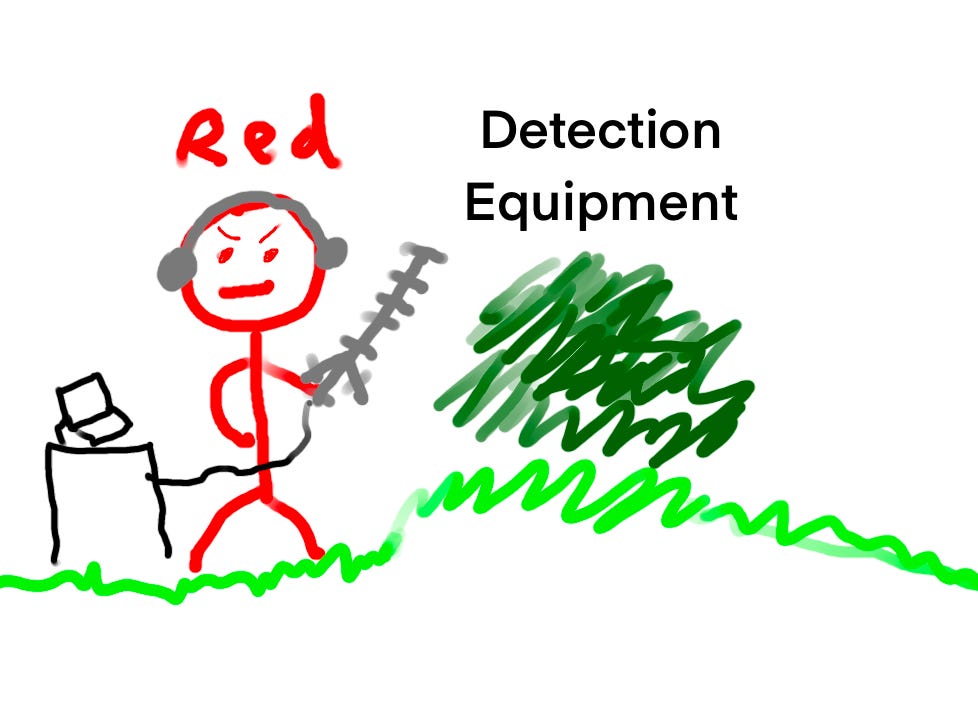


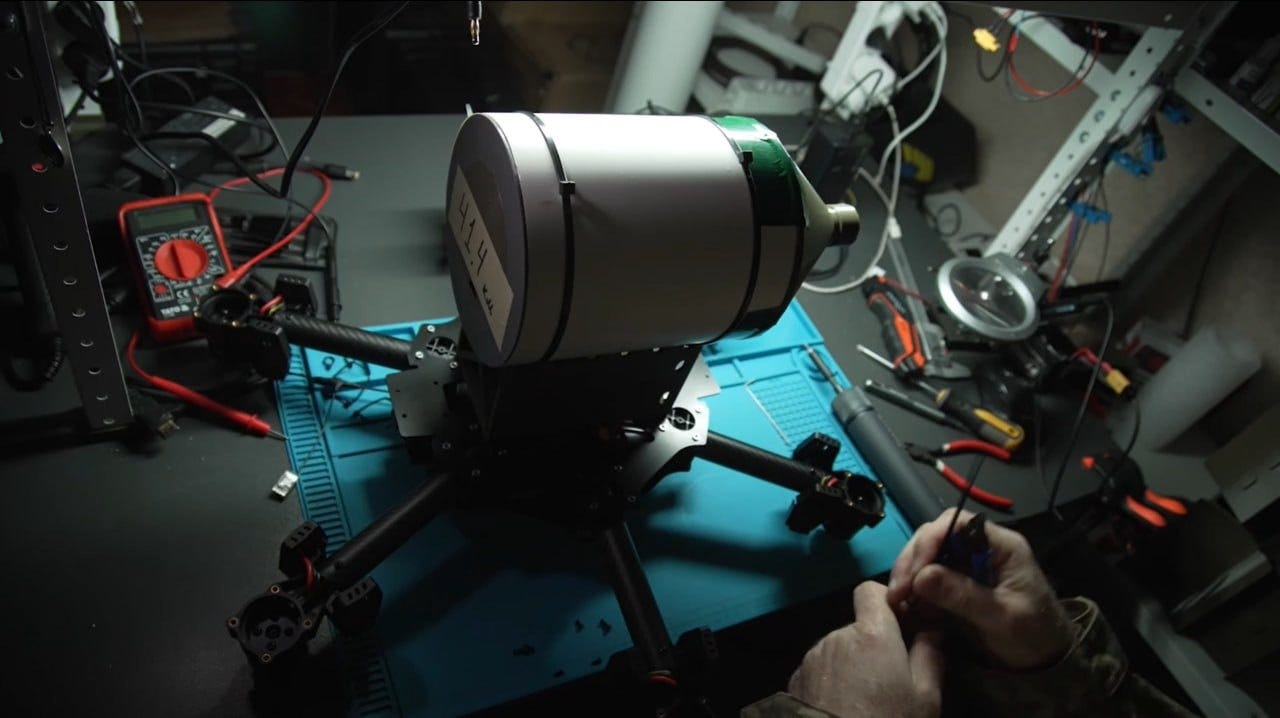



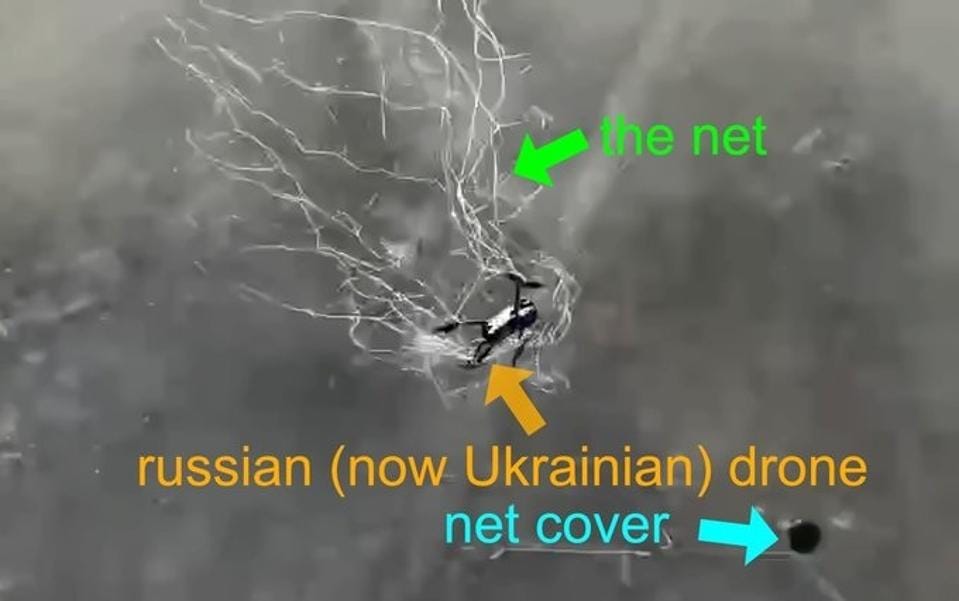
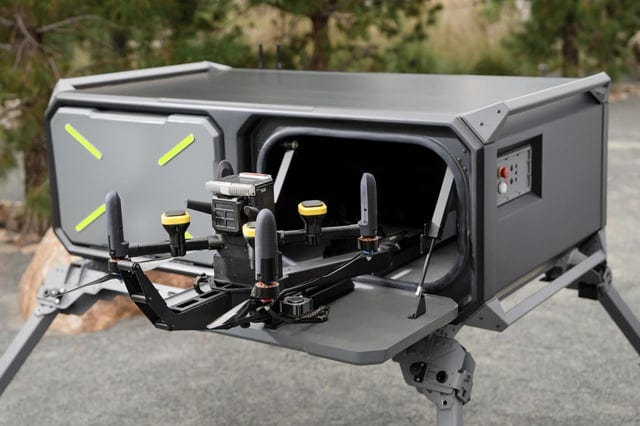

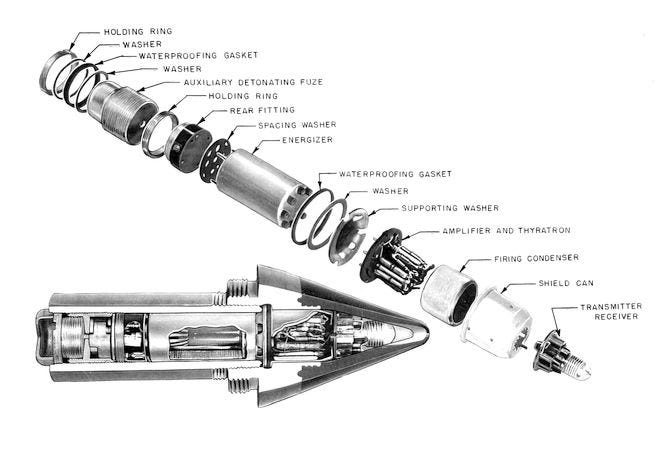

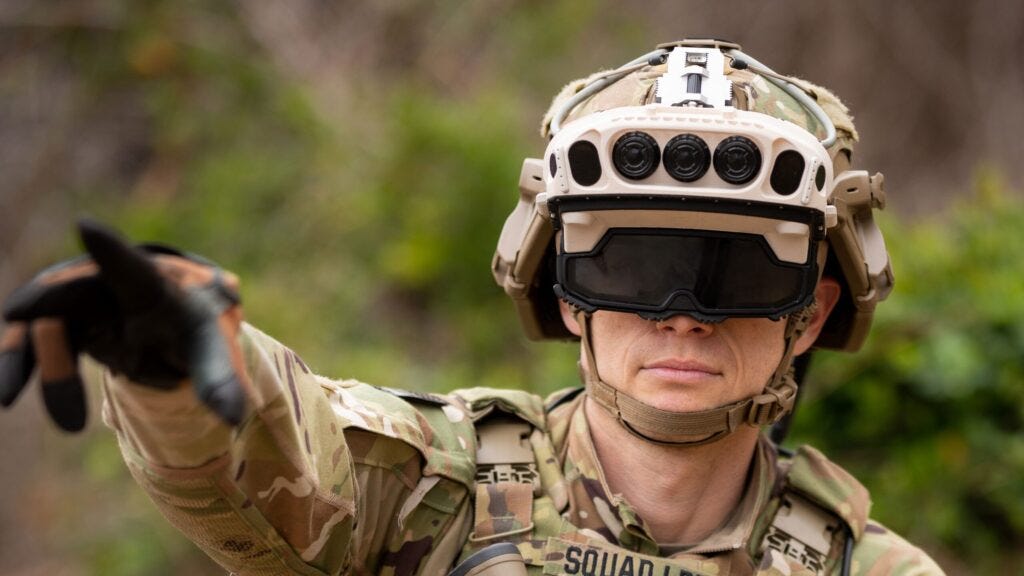
Oh no, you've entered into the actually weaponized technological realms.
I will temper my reply with a recommendation to first watch Porcelain War if at all possible. "Resistance is possible" ー Slava Leontyev. I had the privilege to see a screening earlier this month with Slava (the artist who makes porcelain figures, and the film maker behind the movie who also trains Ukrainian civilians in use of fully automatic weaponry to defend themselves from invading Russians when not serving with the SAIGON drone team) as well as producer Paula Dupré Pesmen doing a Q&A after the screening. Additionally, Anya (another Ukrainian artist who paints the porcelain figures Slava makes, as well as painted at least one drone in SAIGON's inventory) and their cute dog Frodo were present.
However, as far as I know without having been to Ukraine first hand, what you stipulated is correct. Ukrainians have predominantly been using "manually operated FPV craft". In the 20th century, these would have been known as RC (Radio Controlled) and are in many ways, largely similar regardless of variances in FHSS/etc. levels of signaling.
Slightly tangentially, I would say that at a meeting of SudoMesh (a mesh routing group that evolved out of Oakland's SudoRoom) there was already discourse of using drones to deploy fiber, long before that 2025 article about doing so in active war-zones. Albeit SudoMesh's goals were more in relation to building community mesh routed networks, predominantly using the Babel protocol (e.g. RFC 8966) which is well suited to wired and wireless Ethernet, though frustratingly in some of my preliminary porting explorations, seems to be full of "Linuxisms" to use some vernacular pejorative of code written in C which makes too many assumptions and thus is remarkably non portable. Babel comes from academia, and there seems to be primarily one developer; thankfully mesh routing protocols exist in plurality, but best to end that tangent here.
Circling back to drones & simulacrum, you are correct that similar things have been used in warfare for an awfully long time. I think it was only within the last year or so that the so-called "Ghost Army" of the USA was declassified. They were active during WWII, and comprised of approximately 1100 soldiers who often inflated (or in their joking parlance, "blew up") tanks and other simulated vehicles and decoy weapons of war, so as to posture that there might be more potential enemies to low resolution reconnaissances. Think of it like puffing out a chest, but on a larger scale during active war times and less anthropomorphized?
In SciFi realms, especially since you mentioned Asimov? It is with great lament that he and other SciFi authors conflate the term automata & robot. Robot, etymologically goes back to Karel Čapek's play "R.U.R." which stands for Rossumovi Univerzální Roboti. It is fundamentally "SciFi" insomuch as it fictionalizes caste and class warfare, where human workers (the proletariat) are so thoroughly dehumanized by the ruling oligarchs as to be imagined as to be grown from wax vats. They aren't even given human terminology, they are "robots". Robot uprising is canonical. If you are watching or reading something talking about robots and they are not trying to overthrow their "masters" then the author got something fundamentally incorrect in their understanding.
With that in mind, Asimov & all others who misconstrue robot to instead mean anything more than (wage) slave, are doing workers' rights movements a disservice.
They also aren't doing any favors for mech & engineered automata (technology which predate robots by centuries, at least, also see: Pierre Jaquet-Droz's The Writer as an example) either.
In 20th century SciFi, the 1970s Mobile Suit Gundam/機動戦士ガンダム had "Haro" the side kick talking (with a synthesized voice) drone to protagonist Amuro Rey. However, it also had militarized/weaponized drones or "funnels" or "bits" or "fin funnels" which worked in tandem with mobile suits. By the 1980s, video games such as ストライダー飛竜 aka Strider had "bits" which served a similar function acting as orbital defensive and occasionally attack drones to the player's character.
Western SciFi, at least in television and mass media appeal movies, seems to have been much slower to feature such things. There are some relatively benign drones in Star Wars (e.g. the blast visor down light saber training scene) or more sinister examples in Disney's 1979 The Black Hole. However I don't think it was until maybe the 21st century's Star Trek: Discovery that we see some body-guard drone depictions? Captain America's most recent iteration with "Brave New World" (2025) also features some simulacrum of weaponized drones, and I guess maybe some Iron Man gadgets in the Marvel Cinematic universe too, but honestly, Western ScFi and comics bore the living hell out of me and always seem to be behind the curve of imaginative technologies, by decades, if I am being generous.
Shifting back to slightly earlier anime, the (R)VF-25F Messiah from Macross Frontier also features "ghosts" or "squad" drones that fly in tandem with the piloted Valkyrie, but again that is not really dissimilar to prior art in Gundam from the 1970s. Macross Plus also features an autonomous militarized "AI" drone which Guld essentially needs to self sacrifice to take out because its maneuvering (and not needing to worry about G forces) is so ahead of human, and even enhanced Zentradi piloted mech reflexes.
In active war zones, drones, inflatable decoys and such, have mostly been ways to make waging war more economical. That is primarily why they are popular with the Ukraine, because warfare isn't just about mass murder, it is also economic (1980s Iron Eagle has a tactical moment where the protagonist blows up an oil refinery and calls out the hundreds of millions that will cost the enemy).
I think there are far graver concerns about so-called "autonomous" technologies and the karmic debts accrued from so-called "collateral damage" (again innocent civilians and noncombatant fatalities) are nontrivial.
You don't need to be sophisticated at all for any of that though, just look at Laos, which I think to this day, still has the highest concentration of un-detonated ordnance? Even though the USA at the time, was at war with Vietnam, not Laos. From what I remember hearing from those drafted into the armed forces at the time, for sorties where there was still ordnance on a plane returning to base, more procedures needed to be done before landing, so the "standard operating procedure" was to dump all ordinance before landing rather than make the pilots' lives more complicated. That resulted in Laos becoming a civilian/non combatant "collateral damage" with untold deaths.
Similar to mines, IMHO, weapons not attached to a human on the other end are intrinsically bad mojo. Candidly, if you can't stare someone in the eyes face to face & have a conversation with them? Chances are you have no spiritually defensible reason to murder them. Though, there is no spiritually defensible position to murder. You can certainly make things much worse & distance may make it seem "easier" to do such things, but that doesn't make them a correct choice.
Regarding directed energy weapons, there are OFC things like THEL/ACTD. There are also prior art examples such as the SDI laser system featured in 1988's アキラ that Tetsuo goes apeshit on after he is attacked by it. You can even watch YouTube videos going back to 2013 with far more modest hand held laser rifles (probably in the 2-4W range, no need for KW). I've heard, on good authority, that low energy laser weapons are actually an OK way to kill from a distance and make it look as if the target died from a blood clot/aneurysm. But that doesn't get much attention, because it's supposed to be clandestine. Whereas high KW energized anti-ballistics weapons are definitely meant to be known as an active deterrent. Admittedly, I think probably still less widely used than kinetic anti-ballistics (also see "We Will Dance Again" 2024) which has lots of footage of such systems in use by Israel during the 2023 Hamas attacks, which unfortunately resulted in hundreds of festival goers among the civilian causalities (because of Hamas).
I've heard, on good authority, that some have tampered with cars (via CANBus, remotely accessible in many currently manufactured vehicles which have onboard 3G, 4G, etc. hotspots & services such as OnStar) to cause conditions where it looks as if a driver got into an "accident" but more likely it was some malicious adversary using advanced techniques (who is doing CANbus forensics on a crashed car? Almost no one. Car wrecks are way too common, more people die by car accidents in the USA on any given day than die by guns and only one of those is designed to be a weapon after all.). Which, kind of makes so-called "autonomous" driving capabilities seem even more sinister. I forget which SciFi already had Teslas or whatever causing road blocks & trying to murder people due to malware, but SciFi, at its best is trying to raise awareness about issues that we already face in the real world. The working title of 1984 after all, was 1948.
How could I forget 宇宙戦艦ヤマト/Space Battleship Yamato's "asteroid ring defense"? Ostensibly using RC/drone tech embedded into asteroids for ablative armor (episode 9, season 1 originally broadcast in 1974) & アステロイド防衛 /rotating asteroid defense in season 2 episode 10 (on YouTube as the bowdlerized Starblazers)? Definitely fits the criteria of drones & swarms, but also in 0 G with radically different physics & energetic requirements to terrestrial swarming drones in Earth's atmosphere.
TL;DR, you seem spot on. fElon Husk overstated drone swarm threats because he presumably has something to gain (e.g. SpaceX devoured approximately 1/12th of NASA's budget) & as Adam Conover shared recently, broligarch robber barons struggle with fragile machismo.
Lots of love!
The use of current technology isn't so threatening, so the drone doomsdayers are really talking about the future. So, what is the best use of autonomous drones? Miniaturization is a critical advantage; being small allows one to go undetected. But what counts as a drone? Remember, at the turn of the 21st century, there was this startup that could control a mouse just as if it were a drone? Now, let's let Elon Musk's Neuralink work on other types of species, one of which could be dogs, but we could go smaller and look at insects as well. But these kinds of weaponization aren't about applying a big bomb to a target, but being able to use, say, blowfish poison and direct something like a bee or mosquito that injects the poison without even being noticed! Drone nightmare getting a little scarier?
The Soviets in WWII used dogs to destroy tanks! Yes, they trained the dogs that were strapped with high explosives to go under tanks where they would then detonate the bomb, stopping the tank dead in its tracks. Using Neuralink-type technology, getting a dog to infiltrate enemy grounds would not be hard. These animals have evolved to be very stealthy and have night vision. The US and Russian Navy use dolphins equipped with cameras and could easily be trained to place a bomb onto the hull of an aircraft carrier or battle cruiser undetected! Just imagine doing this with greater precision with a Neuralink signaling device to send and receive data.
There is a phenomenon known as Ghost-Imaging, and there are two types: one is by classical interactions, and the other is using quantum phenomena known as non-locality. This phenomenon has been proven to work beyond the safe zone of classical interaction, where laser beams are separated to where any classical interaction would be detected by a time delay of the ghost-imaging effect. In the classical set-up, the time delay is detected, but in the quantum setup, it's attoseconds, effectively instantaneous! Ensitein hated this, calling it "Spooky-effects" at a distance. Entanglement, which is its formal name, doesn't just happen with photons, but with any atom, and what ghost imaging proves is that the herd of entangled photons, as they interact with a filter, converges to form an opposing image of the photons/atoms that didn't interact with the filter. Alain Aspect, John Clauser, and Anton Zeilinger won the 2022 Nobel Prize in Physics for their work on quantum entanglement and non-locality, which established that entangled particles can influence each other instantly regardless of distance, proving that the universe is not "locally real". So, while non-locality is very controversial, the Chinese seem to be very busy experimenting with it! So, realizing such a potential radio just might be obsolete.
I did write a paper about Entanglement and how it could be explained using Feynman integrals: https://vixra.org/abs/2507.0182?fbclid=IwY2xjawNebTtleHRuA2FlbQIxMQABHk4j2EQxxPFKtjEPCXrvmaSog8rnDxUcZCtKl9sFLuDP1ont3rlTv0fleCLQ_aem_t6rB0Fdg-0-8gQh920QTOQ